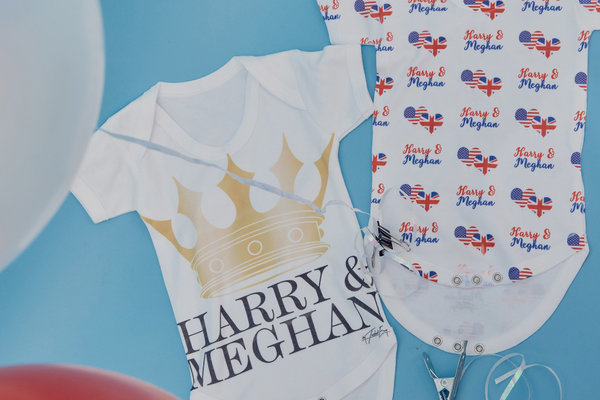LONDON — Seldom does female reproduction draw the kind of passionate public interest than on the eve of a royal birth in Britain, when camera crews from around the world camp out and wait for word that a woman’s labor has commenced.
[Meghan, Duchess of Sussex, gave birth to a boy.]
Royal childbirth has its traditions and customs, some dating back centuries — such as requiring the home secretary to witness the birth in order to confirm the child’s authenticity.
In some cases, by putting the emerging science of obstetrics at the center of the national agenda, royal mothers have themselves broken down barriers.
Queen Victoria on Chloroform: ‘Delightful beyond measure.’
In the mid-19th century, when chloroform was found to have anesthetic qualities, Queen Victoria’s physicians cautioned her against using it during childbirth.
One objection was a medical one — that pain relief would slow the progress of labor.
Another was theological. Charles Meigs, a prominent American obstetrician of the time, warned against trying to stop the “natural and physiological forces that the Divinity has ordained us to enjoy or to suffer.”
The queen, who was pregnant or nursing for 16 years of her adult life, called pregnancy the “Schattenseite,” or shadow side, of marriage, and told her daughter that childbirth was “a complete violence to all one’s feelings of propriety (which God knows receive a shock enough in marriage alone).”
She wanted the drug.
Finally, in 1853, before the birth of her eighth child, Prince Leopold, she was allowed to inhale chloroform for 53 minutes from a handkerchief, according to historians. She loved it, describing “blessed chloroform, soothing, quieting and delightful beyond measure.”
The medical debate over pain control quieted, and the procedure became known as “chloroform à la reine.”
No forceps, said the male attendant. Then a princess died.
Princess Charlotte, the only child of George IV, the Prince of Wales, was 21 and a newlywed when she went into labor with her first child. She was much loved by the public, and her pregnancy had given rise to a lively betting market.
At 3 a.m. on Nov. 4, 1817, the chief ministers of the crown were summoned. The baby was unusually large, and became wedged in her pelvis. But Sir Richard Croft, the male attendant, who belonged to a noninterventionist school of thought, opted not to use forceps.
After 50 hours of labor, Charlotte delivered a nine-pound stillborn son. A few hours later, she complained of severe abdominal pain, and died of internal bleeding on Nov. 6. Her death let loose a flood of grief that has since been compared to the outpouring at the funeral of Princess Diana.
Sir Richard, shunned by his colleagues after this disaster, later shot himself.
In the years that followed, leading obstetricians swung toward a greater degree of intervention, including allowing medicines to be administered to induce labor and more common use of forceps.
Cabinet ministers once attended royal births. Then others wanted in.
In 1688, Mary, the second wife of James II, who was Roman Catholic, announced the birth of a baby boy, confounding the widespread belief that she would not be able to bear healthy children. This came as a bitter disappointment to English Protestants.
At the time, there were persistent rumors that a newborn from another mother had been smuggled into Mary’s delivery room in a birthing pan. For two centuries after that, as insurance against malpractice, a phalanx of cabinet ministers and, in many cases, the archbishop of Canterbury attended royal births.
The custom was set aside by King George VI as his daughter Elizabeth II prepared to give birth to her first child. Elizabeth herself is reported to have approved the presence of the home secretary.
But Canada’s envoy argued that those from all of the United Kingdom’s six dominions had the right to witness it, as well. And the king’s private secretary, Tommy Lascelles, noted that “if the old ritual was observed, there would be no less than seven ministers sitting in the passage.”
The next day, Buckingham Palace announced that it would bring an end to the “archaic custom.”










